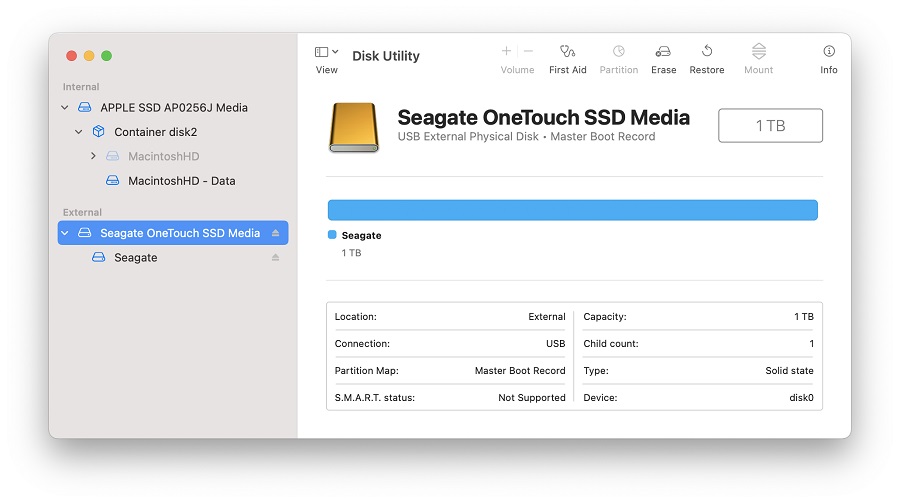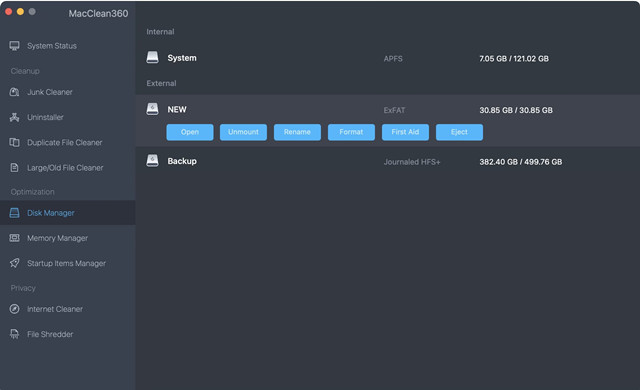

- FORMAT DISK FOR MAC HOW TO
- FORMAT DISK FOR MAC FOR MAC
- FORMAT DISK FOR MAC MAC OS
- FORMAT DISK FOR MAC DRIVERS
Master Boot Record: This is used as a startup disk for DOS and Windows machines.
FORMAT DISK FOR MAC FOR MAC
Just for additional information, the GUID partition can be used as a startup disk for PowerPC based Macs.Īpple Partition Map: This used for Mac computers and can be considered as boot-up and non-boot-up for PowerPC macs. We are going to select this as the scheme for our disk partition. GUID Partition Map: This is the usual format used for the non-start up discs in Mac with Intel processor. There are three options available to select the scheme and let see some details. You have to select the right Scheme for the disk partition when you erase the disk.
FORMAT DISK FOR MAC HOW TO
Related: How to Set Up and Use Handoff on Mac? You can use the encrypted disk or Case-sensitive for the naming convention.
FORMAT DISK FOR MAC MAC OS
Since Apple recommends the Mac OS Extended (Journaled) file system from time machines. Windows is actively using the NTFS file system to store and retrieve files on the Windows system. NTFS: Mac was supporting to read NTFS (New Technology File System) file system in earlier versions, but not supporting to write the file into the NTFS formatted disk. The SSD drives are formatted in ExFat by default to support both Windows and Mac OS X.
FORMAT DISK FOR MAC DRIVERS
The USB drivers come with the FAT format by default.ĮxFat: ExFRat is the upgraded version or FAT32 file system, that supports more than 4GB in a single file.

The format is good for handling the files between both OS under 4GB size. FAT32 is the cross-platform format for Windows and Mac OS X. ” The format Apple support for Mac owners for Time machine is Mac OS Extended (Journaled).įAT32: The FAT32 file system ( MS-DOS FAT) released in 1977.

Mac OS Extended (Journaled): “The Mac OS Extended (Journaled) format file system is the default file system for macOS Sierra and earlier. You can select the individual devices and get information in this video mode. Tap on the button on the top left the bar and select “Show All Devices” instead of “Show Only Volumes.” You can see all the devices instead of just volumes. View Settings on Mac Disk Utilityīefore you go for disk formatting, you have to change the view settings to see more details of the SSD. You don’t need to format the disk again if you want to use the disk for normal backup with Windows and Mac. ExFat is an upgraded version for the FAT32 file system that limits the maximum file size to 4GB. The SSD will work for both Windows and Mac out of the box. ExFat is also compatible with Windows too. This is enough to work the SSD as a backup drive for Mac. The Samsung SSD comes with ExFat format by default. There are some Disk Formatting and Schema selection are followed above the steps, Those who want to know more detail about the Schema and Disc formats available in Mac Disk Utility, please refer below Default SSD Format Related: Best External SSD for Mac, Windows and Android Device Next time, you don’t need to select the drive or start the backup, The entire process is automatic, and the system will start the Time machine and select the same backup disk once you connect the SSD to the Mac. Always choose the same disc to Time Machine in the future. Once you selected the backup machine, the system will consider the disk as Time Machine. Once the backup completed, the status will change to completed, and you can eject the disk safely. You can see the backup status on Mac Top Menu.


 0 kommentar(er)
0 kommentar(er)
